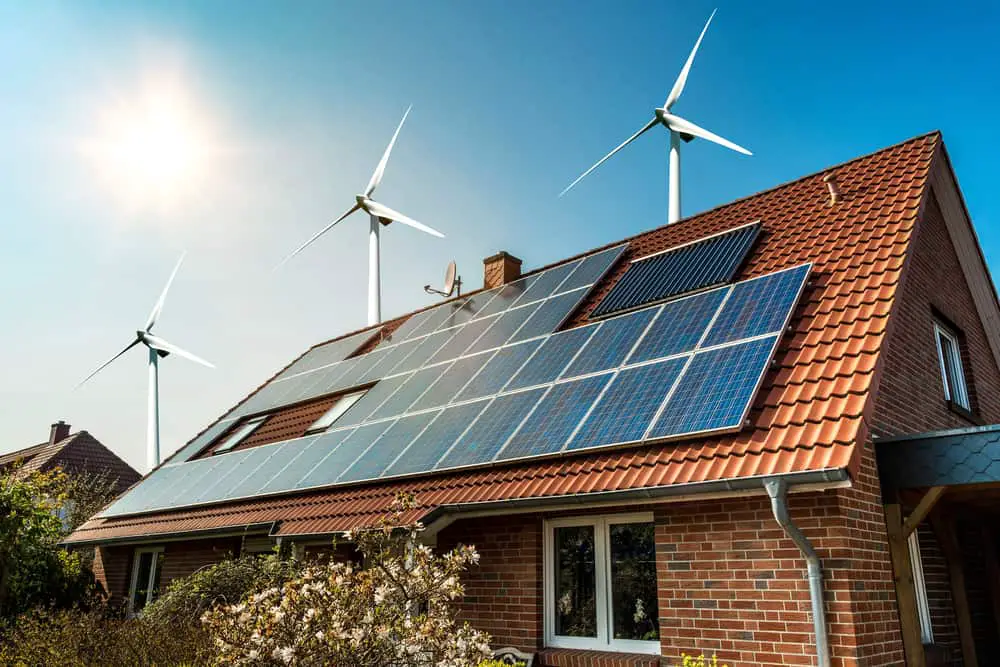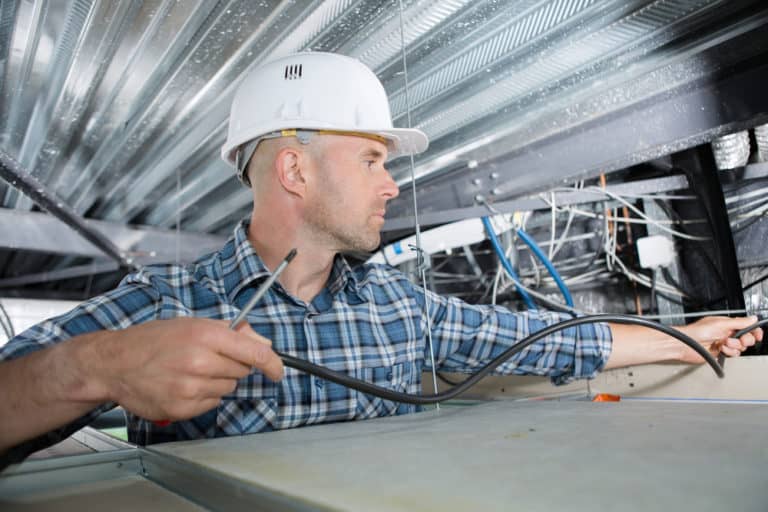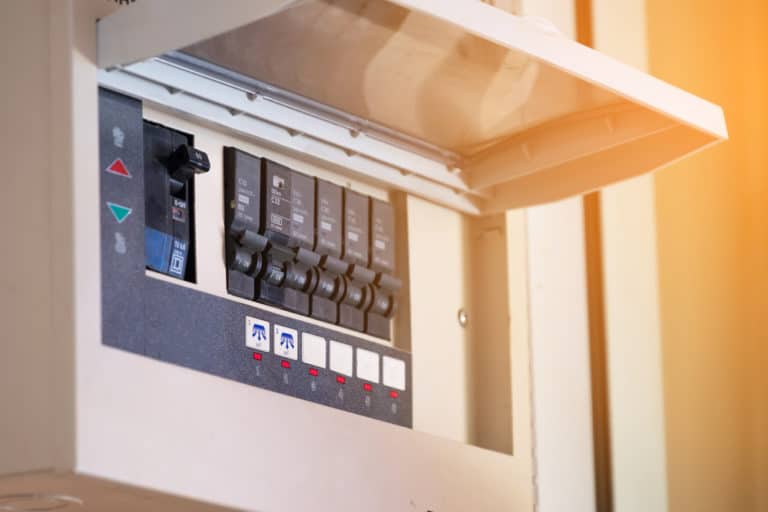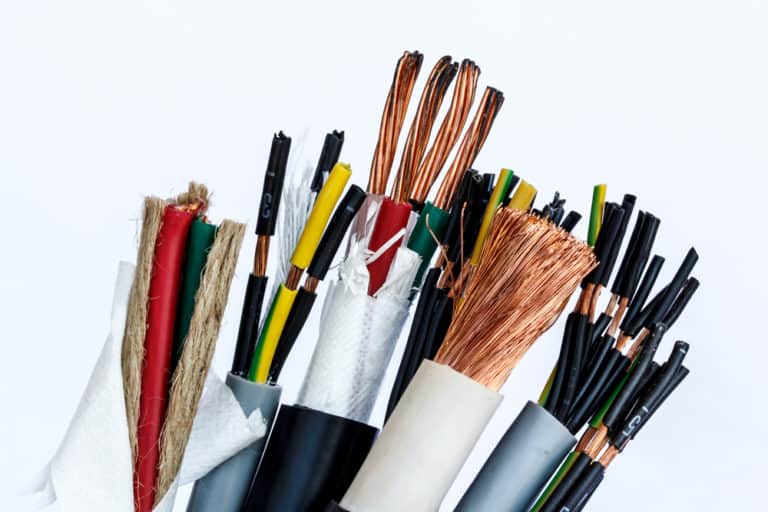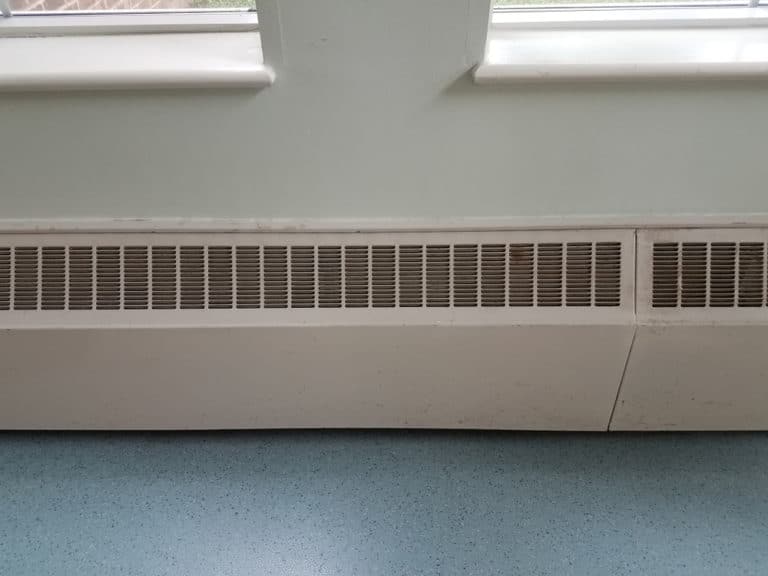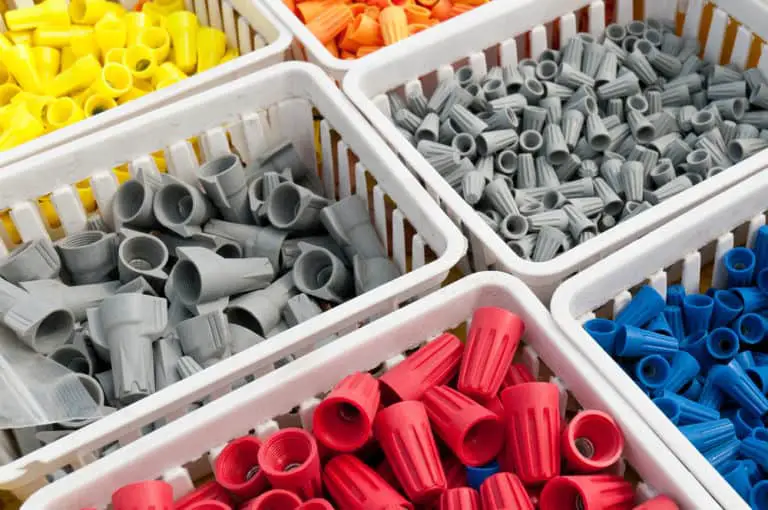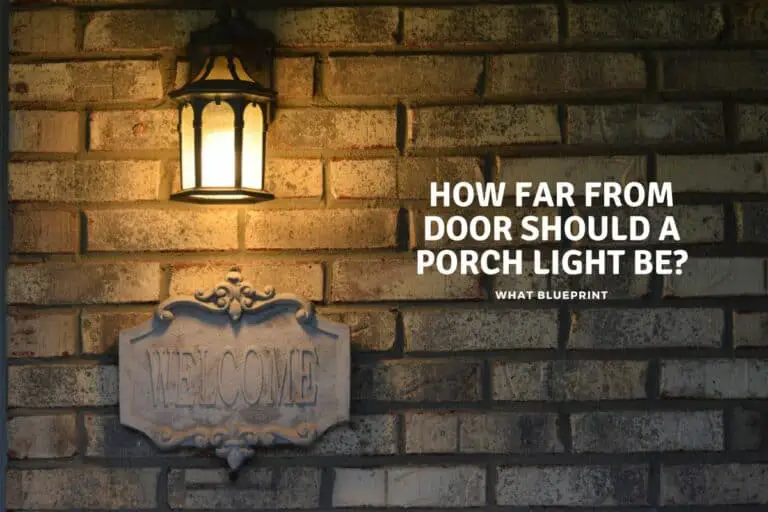What Is The Cheapest Way To Power Your Home?
With energy crises looming and the cost of running your house’s electricity becoming ever more expensive, it’s no surprise you’re looking for the cheapest way to power your home. With bills rising daily, we’ve begun looking at all our options for lowering our cost of living. One of the most significant dents we can make in our budget is to change how we power our home and switch to cheaper means of power generation.
Installation costs are the biggest factor in switching to cheaper home power supplies. Once installed, power sources such as solar, wind, hydro, and biogas can significantly lower your power costs or even reduce them to zero. You can cheaply power a home for 20-25 years with minimal replacements.
The cheapest ways to power your home often mean moving away from total reliance on the standard coal or nuclear-powered electrical grid and looking at greener options that help your energy budget and are better for the environment. Whether you’re looking to help supplement your power and lower your bills or make a complete switch to off-grid power, there are options for your house. We’ll look at the most popular ways to make the switch and what is the cheapest way to power your home.
What is the Cheapest Way to Power Your Home?
The cheapest way to power your home will be the one that works best for your situation and geographical location. For example, while solar power may work out cheaper for a home built in a sunny location, another property might do better with wind or hydro.
Whichever solution looks like the best long-term method for cheaply powering your home, there will be costs for the setup and maintenance of your power provider. You will also need to invest in batteries for power storage when your generator cannot produce enough power.
Each setup and the adaptation for your new power supply will have certain costs. You might be able to mitigate some of them with government incentives or look for special installation offers. If you’re good with DIY, you can keep costs down by doing much of the work yourself.
The top methods of generating your home power are:
- Wind
- Solar
- Hydro
- Biogas
Studies by the University of Texas suggest that solar, wind and natural gas are the cheapest ways to generate the necessary electrical power. In some cases, a mix of methods might work better for you, with the main supply and a secondary one.
We’ll look at these, balance setup costs with practicality, and how much they can lower your power bills in the long run.
Wind
With renewable energy sources getting cheaper every year, how practical is it to switch your home to a green power source that will lower your bills? When we talk about wind energy, most people picture massive wind turbines and think it’s not a practical solution for a home.
While wind might not be the best option for a small home, it’s worth considering if you are rural, a homesteader, and live in an area that allows you to build a tall structure. A small wind turbine in a place with enough wind can quickly lower your electricity bill with eco-friendly renewable energy. In some cases, you can reduce the bill by 100%.
If you live where the restrictions allow a wind turbine, it’s worth contacting your local suppliers of small wind turbine systems to see what size they recommend for powering your house. As a general guide, if your house needs 300kWh of power every month, a 1.5-kW wind turbine system should be perfect.
These systems are expensive to install, but once they are correctly set up, the long-term benefits are massive, and you can run your home for nearly nothing. Expect to pay between $8,000-$12,000 to install a 1.5 kW free-standing wind turbine, which should last 20-25 years, with minor replacements.
Solar
Installing residential solar panels is generally a more affordable and discreet way to power your home for less. The panels need to be installed by a professional who evaluates your home to find the best positioning, and set up the necessary system to convert and store energy so you can use it.
If you can install large enough panels and your area has enough sun, you can power your home completely. In some cases, solar panels may only help reduce the costs. Before you decide that solar power won’t work for you, remember that you do not need direct sunlight to work, and you can still generate power on cloudy days. However, the power generation will be less than in sunny areas.
Solar loans can help lower the cost of installing solar panels, and you can get tax credits when you install solar. Solar panels can add to your home’s resale value if you decide to move.
A small system will cost you about $5,00, while high-priced top-range systems can easily cost $40,000. However, for most homeowners who take advantage of the various federal tax incentives, the cost will average about $12,000.
Hydro
If you have a property with a river or stream, microhydropower systems are an option to lower your power bills. Homesteaders utilizing flowing water for power would greatly benefit from building a hydropower system that can power a home or small farm.
The system can be partly built yourself, but getting a professional is better to ensure all the conveyance, turbines, transformers, and power systems work together.
If you are able to set up a hydropower system, it might be cheaper than you think. A general estimate for a household with average costs and an easy setup will be around $20,000. Several factors such as location, labor cost, equipment, and other installation and assessment fees can affect this.
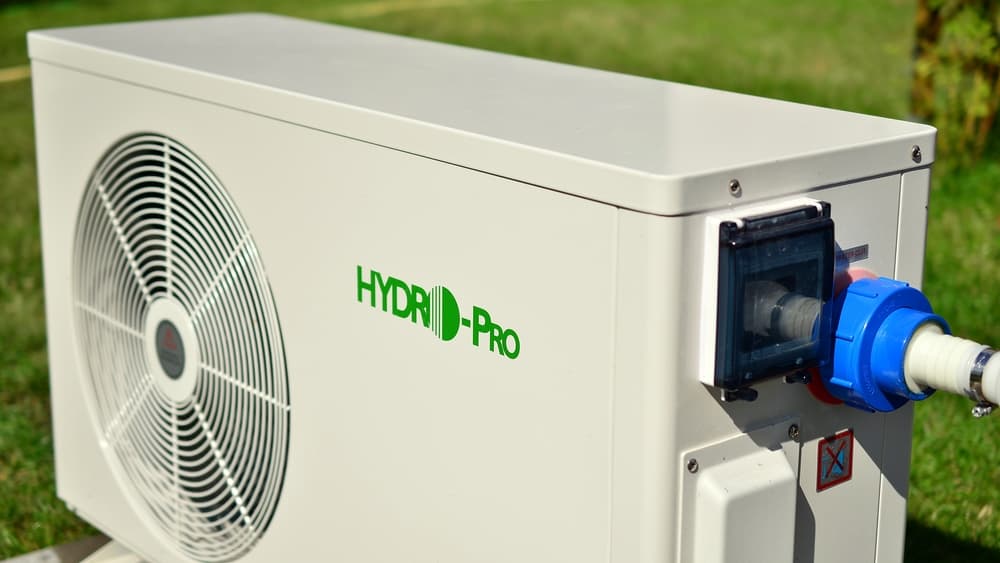
Biogas
Biogas is often considered the second-rate DIY cousin to systems like solar and wind, but it’s a viable way to reduce household power costs.
Biogas uses bacteria to break down waste to crate a clean gas you can use to power your home. DIYers who want to go off-grid cheaply often build biogas generators that turn food and garden waste into cooking fuel, power gas, or diesel engines. These methane generators run best on grass clippings and effluent. These generators can take up a fair amount of space, but if you have a large property that generates a lot of waste, it’s worth looking into the next generation of home biogas generators.
Conclusion
For most property owners, the cheapest way to power your home is to have solar panels installed. There are other options depending on the size and location of your home and how much waste your property generates. Wind and hydro costs a lot to install but last for years, while some small homesteaders are lowering their bills by utilizing biogas generators.
A home biogas generator that can generate about 2 hours of cooking gas a day will cost you around $975, with the added benefit of producing fertilizer for your garden or small farm.
References
- https://energy.utexas.edu/sites/default/files/UTAustin_FCe_LCOE_2016.pdf
- https://www.weforum.org/agenda/2021/07/renewables-cheapest-energy-source/
- https://www.renewableenergyhub.us/wind-turbines/how-much-does-wind-turbines-cost.html
- https://www.energy.gov/eere/solar/homeowners-guide-going-solar
- https://www.consumeraffairs.com/solar-energy/how-much-do-solar-panels-cost.html
- https://greenlivingnation.com/micro-hydropower-system-cost/
- https://newatlas.com/energy/homebiogas-third-generation-30-percent-cooking-fuel/

